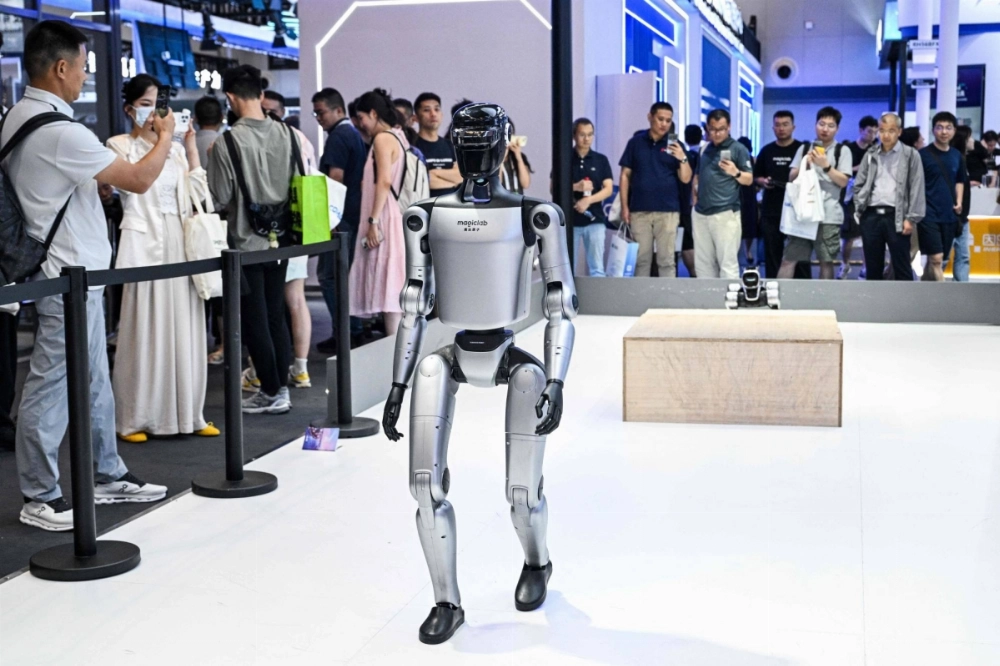Wandering through the halls of China’s top artificial intelligence this week, I overheard heated debates on some of the thorniest issues facing the sector: How do we solve the problem of interoperability if hundreds of companies are launching their own AI agents? Which large language models are the most developer-friendly to build apps on? Are humanoids tools or companions?
Held on the banks of the Huangpu river in Shanghai, the World Artificial Intelligence Conference convened thousands of people — as well as scores of robots — and brought to life all the passions and pitfalls of the current state of AI in China. It also put into stark contrast the chasm between the strategy pushed by Beijing and the one touted by the White House.
It’s the first major gathering since DeepSeek’s breakthrough reasoning model launched earlier this year, driving intense competition at home and proving China can go toe-to-toe with Silicon Valley. With that exuberance came the crowds of challengers, present in so many domestic industries, encouraged by government support and an open-source ecosystem that allows firms to quickly learn from rivals. When one of the so-called Little Dragons, Moonshot, released a massive open-source model that excelled at coding tasks, Alibaba Group was able to update their own Qwen model within about a week to improve benchmarks at the same skills that sent Kimi-K2 viral.



















With your current subscription plan you can comment on stories. However, before writing your first comment, please create a display name in the Profile section of your subscriber account page.